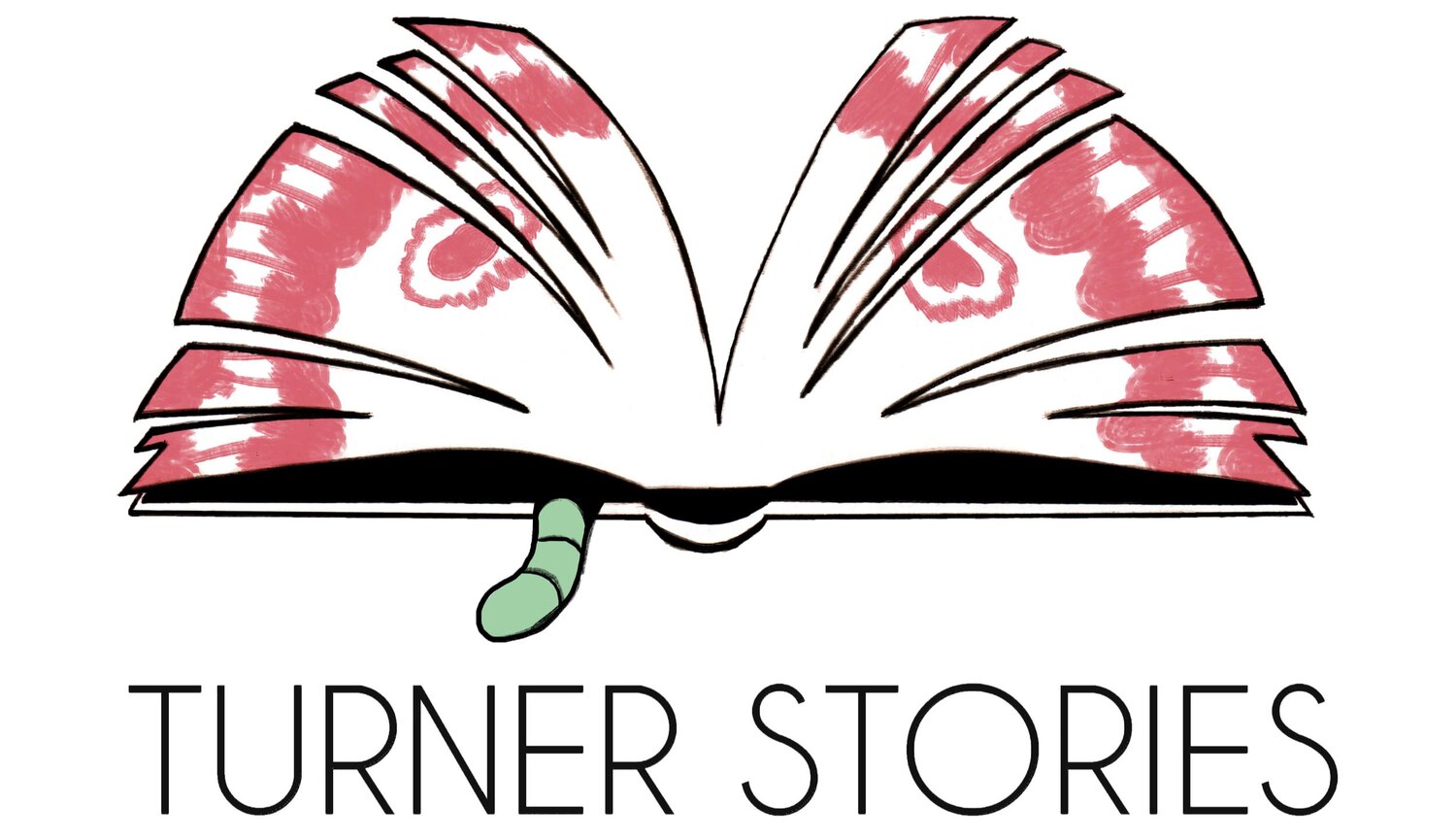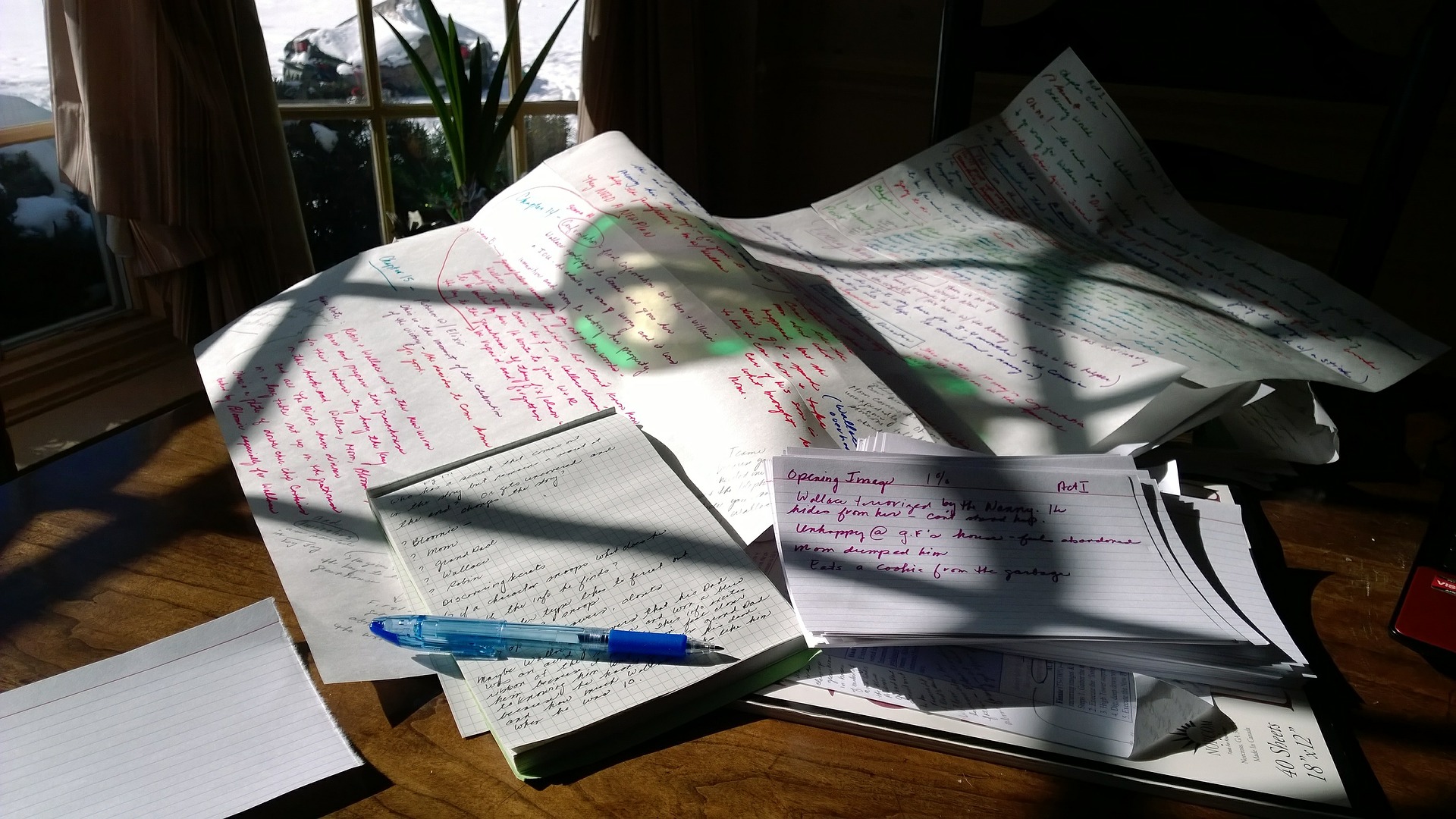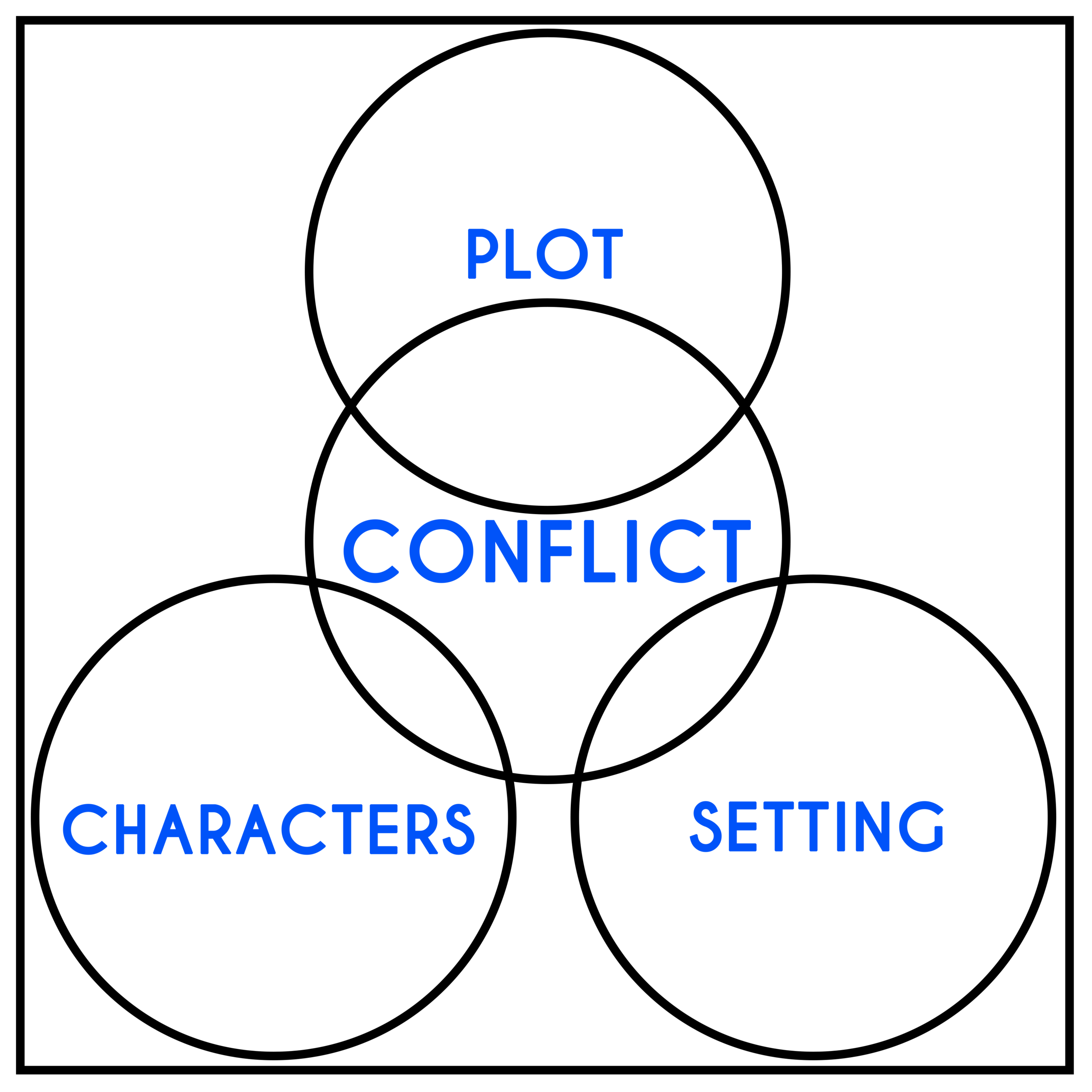How to Structure a Short Story
4 Tools to help structure your story. Part 6 in How to Write a Short Story.
bloomingmimosa on Pixabay
“Prose is architecture. It’s not interior design.” - Ernest Hemingway
Every story is built around some form of logic, whether it’s explicit or not. Stories follow story arcs, which in turn closely follow the story’s plot.
The most typical way to structure a story is to divide it into three acts.
With this article, I want to give you more tools for your writing toolbox to help structure your stories and write great short stories. Naturally, I will tell you what I do to structure my short stories.
In this article, I draw upon the wisdom of Ernest Hemingway, Anne Lamott, Brandon Sanderson, George Orwell, and Kurt Vonnegut.
#1: The 3-Act Story Structure
Let’s start with the easiest structure a writer can follow:
Act 1: Introduction. Here’s where you introduce your readers to your characters and establish your story setting and tone. I will dive into characters and setting more in later posts. Your protagonist is usually called to action here. Popular Fantasy writer Brandon Sanderson calls this an “inciting incident”, some sort of crisis point that makes your character get out of his or her world (or comfort zone) into a new world. Here you make some promises to your reader as to where the story leads to. (Make sure you keep them!)
Act 2: Confrontation. In the middle part, a writer has a difficult task to keep the reader interested, before reaching the conclusion of the story. The protagonist and his or her allies face some complications and obstacles as they are moving along. Often things get worse for them and they need to find ways to tip the scale. Naturally, this depends on your genre. For action-packed fantasy or science fiction stories, there might be obstacles in the form of battles. In literary fiction, a character might contemplate a past decision that stands in the way of their present. It can also be a literal confrontation between your characters.
Act 3: Resolution. Which is what your main character tries to do in the last act. He or she is actually doing something to tip the balance, face trials, solve problems. As a writer, you have to build towards a satisfying conclusion here that is living up to the promises you’ve made early on in the story.
This is a typical story structure I follow often. I’m not saying it’s the only structure there is, but it’s a good starting point if you want to (start) write short stories.
“If the reader is always feeling that things are going forward and they’re intrigued, you’re probably going to be ok.” - Brandon Sanderson
I mentioned that the middle part is often challenging for writers to make it work and keep it interesting. What you can do to keep the middle part interesting is to provide the reader with some hints or (partial) answers to some of the promises you’ve made. If you want you can plot this beforehand.
Other things you can do is explore your character(s) further, what are their motivations? What makes them do the things they do? Perhaps they have to deal with a (massive) failure. How can you make things change and progress your story? What have they experienced in the past? Are there any traumas preventing them from growing?
New eBook:
How to Write a Short Story. A complete guide for $3.99 on Amazon.
#2: The Box
The box is basically the prose you use to tell your story. It consists of the plot, setting, and characters. These three elements are all connected to conflict. When these elements are in some kind of conflict, you have your story.
This box can be depicted in different ways and is completely up to the author.
“Good prose should be transparent, like a window pane.” - George Orwell.
This is Orwell’s take on the box. But it doesn’t have to be yours. You may build a glass in lead window, with beautiful prose and multiple layers. Or you can have some smudges on the window, just to give your story some grit. When your box is really pretty, you may call it literary work. It’s up to what type of writer you want to be and what your “voice” is.
What should you want to achieve with your box?
A plot that serves the type of story you want to tell
Have interesting characters
Have a distinctive setting (here your story can be most unique)
It’s not like I’m sitting at my desk looking at a picture of The Box and figure our my plot, characters, setting and the type of conflict they must be in. I use this tool more as something to measure my story against. Is every element distinctive and interesting enough. Does my story work? Do the same for your work.
#3: Action, Background, Development, Climax, and Ending
In the book Bird by Bird from Anne Lamott, I came across the ABDCE formula for structuring a story:
“You begin with action that is compelling enough to draw us in, make us want to know more. Background is where you let us see and know who these people are, how they've come to be together, what was going on before the opening of the story. Then you develop these people, so that we learn what they care most about. The plot - the drama, the actions, the tension - will grow out of that. You move them along until everything comes together in the climax, after which things are different for the main characters, different in some real way. And then there is the ending: what is our sense of who these people are now, what are they left with, what happened, and what did it mean?” - Anne Lamott
You can put action and background in the first act, development in the second, and climax and ending in the third. It all boils down to something similar, but I love the way how Lamott says it simply but effectively.
Make sure there is a point to your story though. What can the reader take from it? In what way have they grown together with the character(s) in your story? What profound change did the protagonist go through? How might your story change the reader? What’s the point? What’s that unique thing you can add?
Bonus #4: Kurt Vonnegut’s Rules for Short Story Writing
Kurt Vonnegut is very quotable when he’s handing out advice on writing. Here are some of his pieces of wisdom I wanted to share in this part of structuring your short story because they fit with what I’ve discussed above.
• “Use the time of a total stranger in such a way that he or she will not feel that time was wasted.”
• “Give your readers as much information as soon as possible.”
• “Give the reader at least one character he or she can root for.”
• “Every character should want something, even if it is a glass of water.”
• “Every sentence must do one of two things: reveal character or advance the action.”
• “Start as close to the end as possible.”
What’s your favorite tool to structure your stories? Have you used any of them?
Join my email list to keep in touch.
Please note: this post contains affiliate links.



